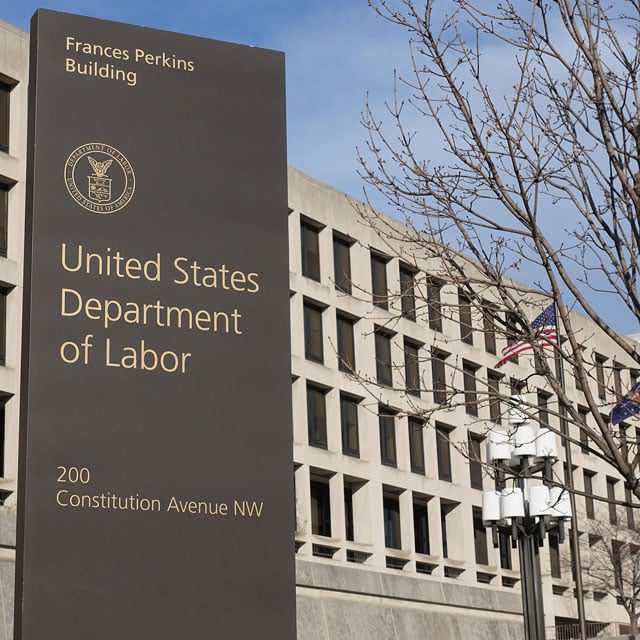The DOL Should Drop Its Fiduciary Rule Project

What You Need to Know
The U.S. Labor Department completed the first version of its fiduciary rule in 2016.
A federal appeals court vacated the rule in 2016.
A second version of the 2016 rule could arrive this month.
This month, the U.S. Department of Labor may release a new proposal to restore one of the most problematic and controversial financial services rules in recent history — the 2016 fiduciary rule.
Much like its predecessor, the new proposal would needlessly:
• Expose many financial professionals to the burdens and risks of fiduciary status when they provide investment advice to retirement plan participants and IRA owners;
• Deprive retirement savers of the right to work with their preferred financial advisor on terms that best fit their individual situations and needs; and
• Make it far more difficult for financial professionals to receive fair compensation for their services.
Here are five more reasons not to bring back the 2016 rule.
1. It harms low- and middle-income savers.
Numerous studies conducted in the wake of the 2016 rule showed how that rule harmed millions of lower- and middle-income retirement savers by making it harder for them to access advice from financial professionals.
And more recent studies have predicted similarly negative impacts if the DOL adopts a comparable rule in the future.
2. Best interest rules are spreading.
The regulatory environment has changed substantially since the DOL adopted its 2016 fiduciary rule.
In 2018, the 5th U.S. Circuit Court of Appeals vacated the 2016 rule, and new rules were subsequently put into place by the U.S. Securities and Exchange Commission, the DOL and state insurance regulators that require all financial professionals to act in their clients’ best interest, without putting their own interests first.
3. New consumer protections are working.
By all accounts, the newly strengthened regulatory framework is effectively protecting retirement savers.
Federal and state regulators are actively and aggressively conducting examinations and pursuing enforcement of the best interest standard.




